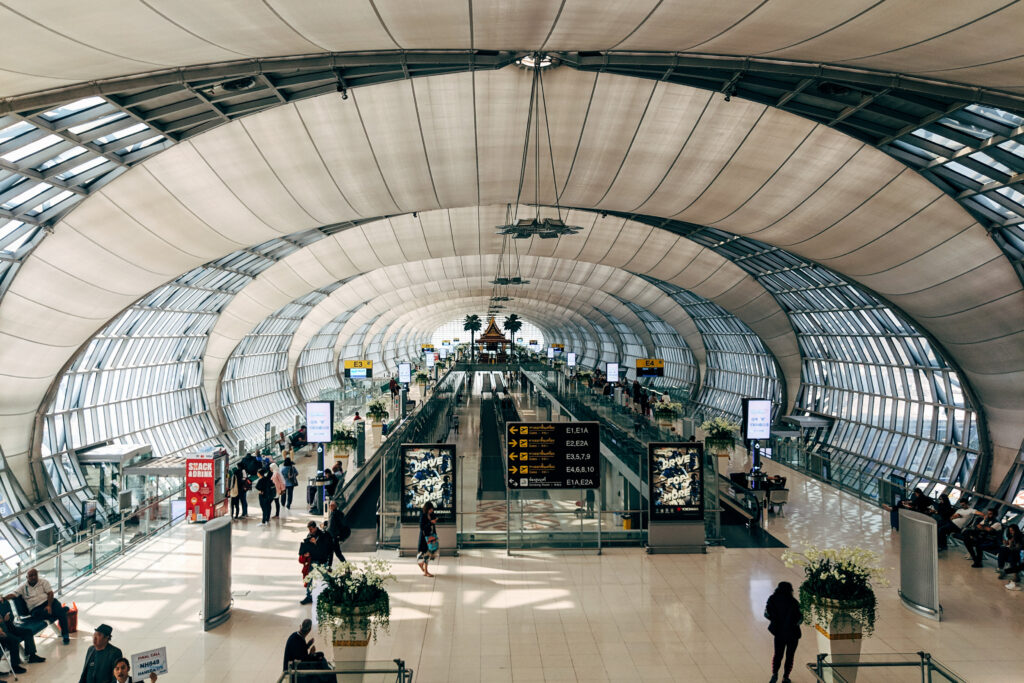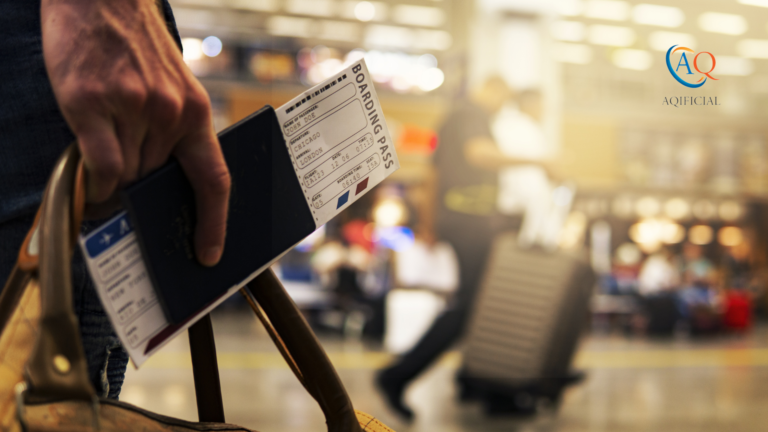During the past few years, airports all around the world have become much busier than before. And since airport expansion requires a considerable amount of planning and resources and may also disrupt existing operations, airports generally aren’t easy to expand as well.
This is one of the primary reasons why many airports today increasingly stay busy and repeatedly face capacity problems.
It is for situations like these that airports start relying on smart processes and optimization methods. Doing this enables airports to utilize and deploy their limited available resources most efficiently and effectively.
Aircraft pushback time and aircraft towing and pushback operations are some of the processes that airports heavily rely on to overcome their capacity issues and smoothly operate on busier days.
This article explains what the terms aircraft pushback and aircraft pushback time mean and why pushback time is so important for airlines.
What is an aircraft pushback?
Aircraft pushback is an airport procedure in which the aircraft is moved backward or simply pushed away from its parking position or the parking stand. During this, the aircraft isn’t using its own power, instead, it is being moved with the help of an external power source from a specialized ground vehicle at the airport.
The aircraft pushback procedure is usually done by using pushback tractors or tugs at the airport. These pushback tractors or tugs are simple but powerful equipments, capable enough of maneuvering airplanes while they are on the ground between different locations in an airport.
Aircraft pushback and towing are some of the daily routine operations performed with each aircraft at every airport around the world. Whether it’s commercial aircraft, private jets, or even military planes, each one needs to push back at some point before reaching the runway for takeoff.
What is an aircraft pushback time?
Aircraft pushback time is the length of time it takes for an aircraft to leave the parking or other location of an airport using external power provided by ground sources until such time that it starts using its own power.
Why is aircraft pushback time so important for the airline?
As mentioned earlier, airports today have become super busy and crowded and sometimes operate at full capacity. Hence, they need optimization procedures to operate effectively and efficiently.
Aircraft pushback time is one such optimization procedure that airports and airlines both rely on.
The air traffic control towers at an airport assign each flight a flight pushback time or a departure time slot. Hence, each flight must be ready for its pushback by ground vehicles or tugs on time. This is because even a slight delay can start a series of delays at the airport for the next flights as well.
To understand more about how delays are caused. read my blog “How does flight delays work?”
For instance, if an aircraft is not able to pushback or leave the boarding dock on time, it may lose the slot to the next carrier. This means that the air traffic controller will have to re-assign the flight with the next available slot.
However, will the next assigned slot be an immediate one, or how much further is not guaranteed? Of course, this depends on how busy the airport is on that particular day.
If you still aren’t sure about how important aircraft pushback time is for an airline, consider how strictly airlines operate their check-in counters. No matter what excuse you give, there is very little chance that you will be checked into a flight after the check-in counter has closed.
Again, this is because once a flight lands at an airport, airline staff is under high pressure to ensure that the plane gets ready for takeoff with another flight within the allotted time slots.
Conclusion
Overall, the aircraft pushback time for one aircraft affects the movements of other aircraft on the ground at the airport. This is because each aircraft needs to be properly assisted while being moved around the airport through ground vehicles to avoid collisions with other aircraft whether landing or taking off.
Hence, each aircraft is assigned a limited time to move away from the parking stand and onto the runway for takeoff. When an aircraft isn’t able to complete its ground movements within the allocated time frame, it disrupts the ground movements of other aircraft as well, causing a chain of delays.













One Response